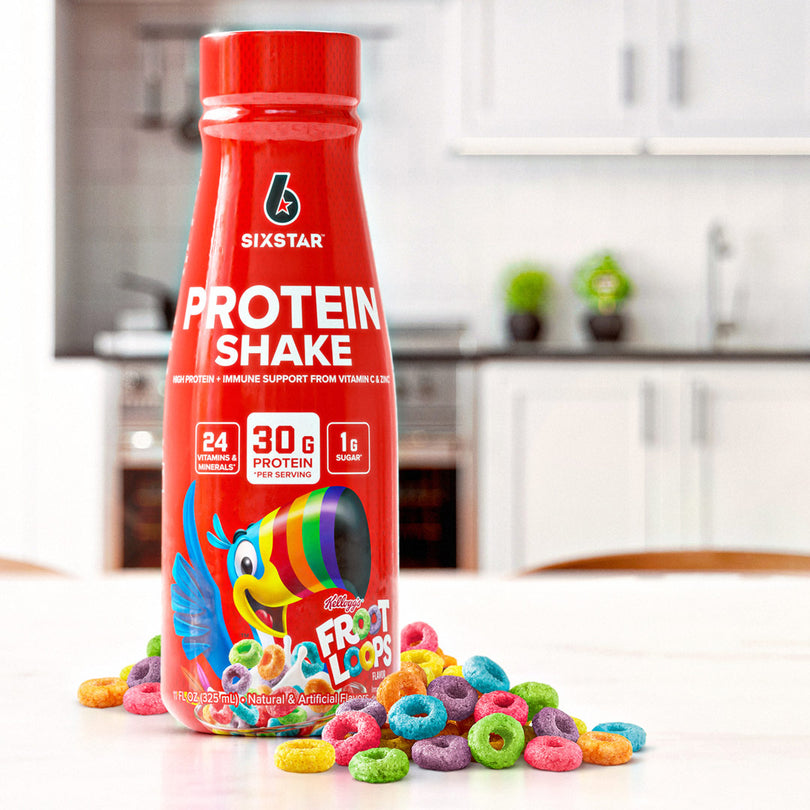If you’re like most people, you know the pain of doing your weekly groceries and leaving the store with a heavy feeling that you work just to cover that food bill. And it’s not that there was anything particularly fancy on your shopping list. Nope. It’s all those good old kitchen staples that somehow make your bill look like you’re shopping for the feast of a lifetime.
But, one’s gotta eat, right?
Despite the prevailing view that eating healthy comes at a bank-breaking cost (holding you hostage of your own well-being), you can eat well without going broke.
Here’s how.

CHECK YOUR FRIDGE BEFORE HEADING OUT
It’s Sunday, which means it’s time to get to the store to stock up on food for the busy week ahead… right? Not quite. Before you step outside, take a peek inside your fridge. A bag full of sweet potatoes, some bell peppers, an unopened pack of chicken thighs… that’s enough for a day or two of meals. Even if you still need to get some basics like milk and eggs, a quick review of those leftovers can trim down your shopping list – and your expenses. Build your menu around the available ingredients and shop for what’s missing.

BUY FROZEN AND CANNED
It doesn’t always have to be fresh off the tree to be healthy and delicious. Canned corn, green peas and mushrooms are a great addition to any recipe. Just like frozen produce. Plus, they’re all pretty cheap and have a long shelf life. Some studies suggest that frozen fruits and vegetables can be just as nutritious as fresh ones, because they are picked ripe, while the freezing process locks in the precious nutrients you want. And if you’re into smoothies, you know that frozen fruits are a perfect complement to a great smoothie recipe. Add a scoop of 100% Whey Protein Plus for extra nutrition.

GET MEAT-SAVVY
Time is money, said Benjamin Franklin, and damn was he ever wrong about it. Buying pre-sliced pork cutlets or skinned and boned chicken breast may save you some time and struggle in the kitchen, but that comes with a price tag. Opt for bone-in, skin-on pieces or even a whole chicken – the price difference is incredible. Besides, cooking chicken with the skin on and the bone in adds more flavor and keeps the meat juicy – a win-win all around. Buying family packs of frozen meats in bulk and then defrosting portions as you need them is another great way to save without compromising on your protein intake.

DON’T FORGO THE PLANT POWER
As an athlete, you know the importance of your meat protein for building and maintaining your muscles. Most likely, your shopping list starts with items like chicken, pork, beef and fish – items that usually amp up the grand total at the checkout. This doesn’t mean you should abandon your meats completely, but rather encourages you to diversify your diet with plant-based proteins. These are more affordable than animal proteins, are a great source of fiber and count toward your daily target for veggies. Beans, lentils, soy, tempeh, green peas, seeds and nuts, quinoa, you name it. And while you’re at it, try 100% Soy Protein and Plant-Based Protein Smoothie for a quick (and cost-effective) protein fix on the go.

EAT SEASONAL
The perk of being part of a global market is having access to your favorite fruits and vegetables all year round. The downside? You’ve gotta pay for it. Any produce is more expensive when it’s out of season due to import cost. So, eat seasonally. Shop for fresh, locally sourced greens whenever possible. Not only will it save you some bucks, but it will also inspire you to be more adventurous with your food – how fun is that?

PLAN. PLAN. PLAN.
Impulse shopping is always expensive, even if it’s grocery shopping. Planning your meals for the week ahead keeps your expenses within your budget, as you’re only buying what you need, not what seems attractive on the shelf – plus, you’re actually taking time to count your macros! (Pro tip: make your soup and stew in batches and freeze for a rainy day. Just like that!)








